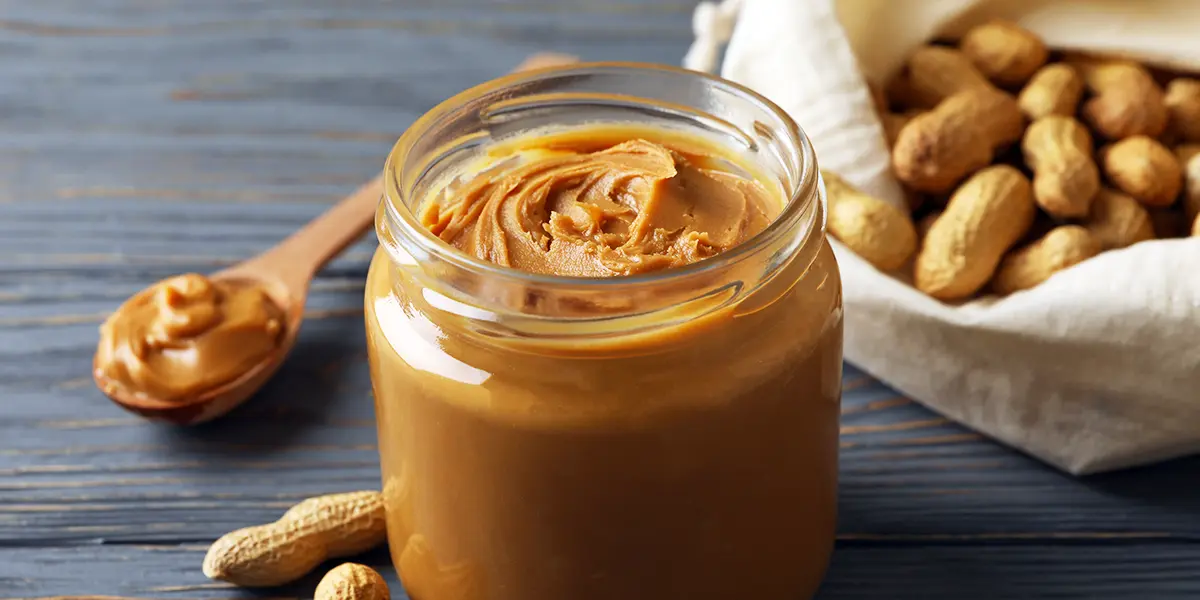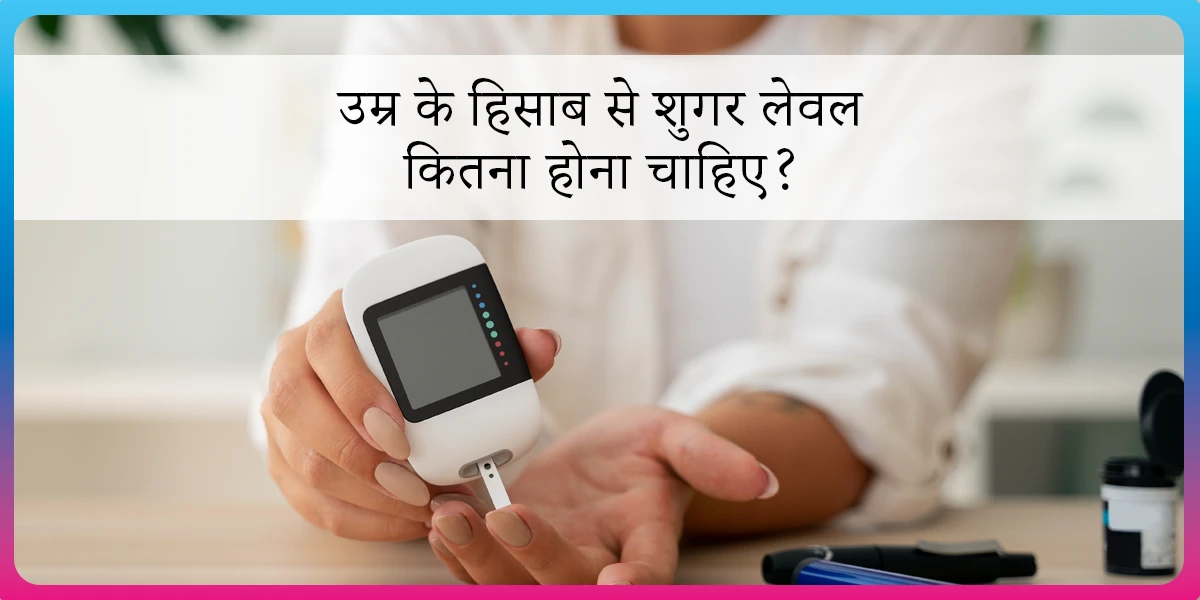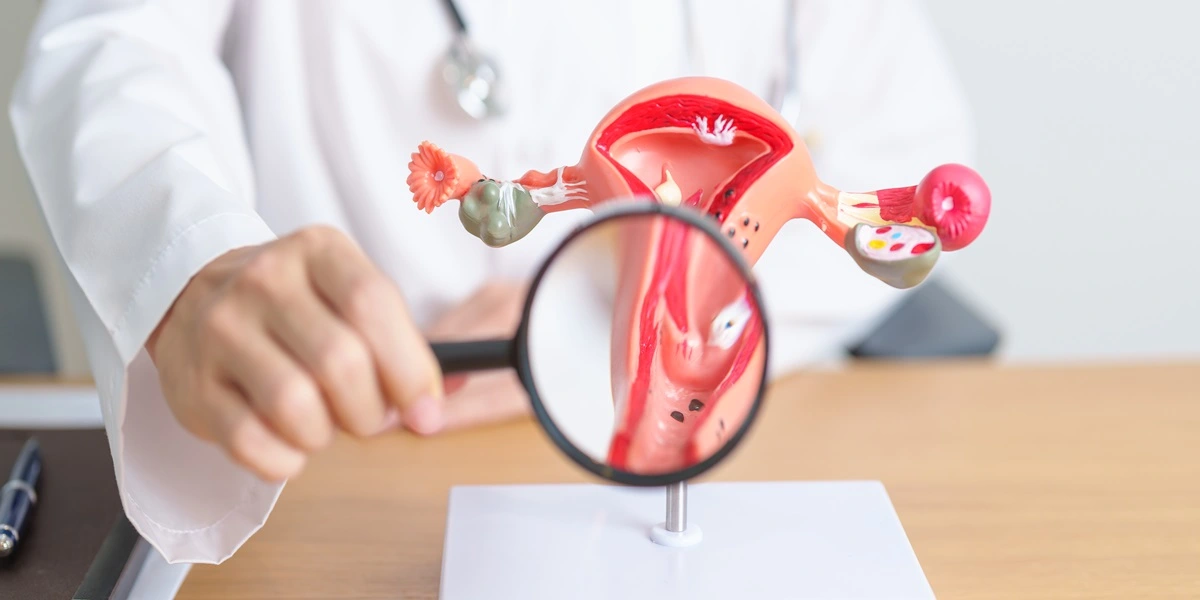Is Peanut Butter Good for People with Diabetes?

At times, when we are bored of having the regular ghar ki sabzi with roti or chapatti, we usually turn to items like jam, mayonnaise, tomato ketchup, chutney, and PEANUT BUTTER!
While peanut butter is not a traditional Indian food item and not very commonly used in our typical Indian breakfasts or meals, it has gained popularity due to urbanization and marketing.
In its original form, made by grinding roasted peanuts, peanut butter has a neutral taste – neither sweet nor salty. However, many brands these days have come up with flavored and textured versions (crunchy, smooth, creamy, powdered) by adding sugar, artificial sweeteners, dates, syrups, chocolates, etc., making it either sweet or salty, and this alteration ultimately makes it an unsuitable option for people with diabetes.
Let’s understand more about this.
What is the Nutritional Value of Peanut Butter?
Peanut butter, in its original form, retains some of the nutritional benefits of peanuts, such as protein, healthy fats, vitamins, and minerals like magnesium and vitamin E. However, the addition of salt, sweeteners, and oils in many commercially available products can significantly alter its health profile.
These added ingredients can be particularly problematic for those managing their blood sugar levels. According to USDA, a 100 gm of peanut butter contains:

What is the Glycemic Index of Peanut Butter, and How Can it Affect Diabetes Management?
Pure peanut butter has a low glycemic index (GI) of 14, meaning it doesn’t cause rapid blood sugar spikes. However, many commercial brands add sugars and unhealthy fats, raising its GI and making it less suitable for people with diabetes.


While pure peanut butter’s protein content is surely beneficial, its high fat and calorie content end up negating that and can increase insulin resistance, negatively impacting diabetes management.
Therefore, it is important to choose natural or homemade peanut butter without added ingredients for better diabetes control.
Why Peanuts Are Better Than Peanut Butter for Diabetes?
Here’s a simple rule of thumb: Eating whole foods in their natural state is generally better for you than consuming processed versions. For instance, eating a whole apple is more beneficial than drinking an apple smoothie or milkshake loaded with sugar and fats.
The whole apple is high in fiber, contains no added sugars or preservatives, and helps you feel full longer. The same concept applies to peanuts versus peanut butter.
1. Natural State
Peanuts in their natural state don’t contain added sugars or unhealthy fats, making them a healthier option.
2. Lower Caloric Density
Peanuts are less calorie-dense than peanut butter, helping with weight management, which is crucial for diabetes control.
3. No Hidden Ingredients
Unlike many peanut butter products, plain peanuts (moongfali, shengdana, singdana) do not have hidden ingredients like added sugar/salt, unhealthy fats, preservatives, chemical flavors, etc., that can affect your blood sugar levels.
So, now you know why you should prefer having whole peanuts rather than peanut butter in diabetes ☺️
For example, in Maharashtra, you can find peanuts and powdered peanuts in every kitchen, which are used to make chutney, sabzi, and more. Across India, peanuts are a readily available, affordable snack enjoyed by everyone.
People who are fasting often eat peanuts as their snack. You can also combine roasted peanuts (moongfali) with roasted chickpeas (chana) for a healthy snack rich in protein and fiber.
Another popular snack is bhuja moongfali, or roasted peanuts, mixed with chopped onions, tomatoes, green chilies, and coriander for extra flavor and nutrients. You can also make peanut chivda by mixing roasted peanuts with flattened rice (poha), curry leaves, and spices.
To know your chances of Diabetes reversal, take the Diabetes Reversal TestDiabetes Reversal
Calculator
How to Include Peanut Butter in Your Diet?
But if you absolutely love peanut butter, here’s how you can add it to your diet while being mindful of your diabetes management:
1. Opt for Natural Peanut Butter
Choose peanut butter in diabetes that contains no added sugars, salts, or unhealthy fats. Look for products with only peanuts (and may be a bit of salt) on the ingredient list.
2. Pair with Fiber-Rich Foods
Enjoy pure peanut butter with fruits like apples to balance its effects with the fiber and nutrients from the fruit.
Avoid having it in the form of a Peanut Butter Jelly Sandwich (PBJ) that’s high in sugar and with white bread, which is made of maida. These can significantly raise blood glucose levels.
3. Watch Portion Sizes
Limit your intake to a small serving, such as one or two tablespoons, to avoid excessive calorie and fat consumption.
4. Monitor Your Blood Sugar
Check your blood sugar levels after consuming peanut butter to understand its impact and adjust your intake accordingly.
By following these tips, you can enjoy peanut butter in diabetes in moderation while keeping your blood sugar levels in check.
How We At Fitterfly Can Help You?
At Fitterfly, we understand your love for peanut butter and the worry that it will mess with your blood sugar levels. But not to worry! Our Health Coaches provide guidance on enjoying peanut butter and all your favorite food items without causing spikes, focusing on portion size and healthier alternatives like natural peanuts (instead of peanut butter).
Fitterfly’s Diabetes Prime program helps you incorporate your favorite foods into a healthy lifestyle without feeling deprived.
When you enroll in our Diabetes Program, you will receive customized diet plans to guide your diet, while our exercise routines and mental wellness coaches will ensure your fitness levels and overall well-being are at their best. This could be the turning point in your diabetes journey!
Give us a missed call on 08068507599 and see for yourself!
REVERSED Diabetes in 3 months


5.7%
Happy members
EMI
Guarantee
4.8/5
Diabetes Prime Program
This blog provides general information for educational and informational purposes only and shouldn't be seen as professional advice.
Frequently Asked Questions
Is Peanut Butter Good for People with Diabetes?
Peanut butter in diabetes, in its original form, can be a good option for people with diabetes due to its low glycemic index and protein content. However, many commercial varieties contain added sugars and unhealthy fats, which can negatively impact blood sugar levels.
How Can Peanut Butter Help in Managing Diabetes?
Pure, natural peanut butter in diabetes without added sugars or unhealthy fats can help in managing diabetes. Its low glycemic index means it doesn't cause rapid blood sugar spikes, and the protein content can aid in keeping you full longer, thus helping in better blood sugar control.
What Are the Benefits of Eating Peanut Butter in Diabetes?
Pure peanut butter in diabetes has a low glycemic index, meaning it doesn’t cause rapid blood sugar spikes. It is rich in protein, which helps keep you full longer and aids in muscle maintenance. Additionally, it contains healthy fats that can support heart health.
Will Peanut Butter Raise Blood Sugar?
Pure peanut butter with no added sugars or unhealthy fats typically has a minimal impact on blood sugar levels due to its low glycemic index. However, commercial brands with added sugars can raise blood sugar levels, making it important to choose natural or homemade options.




















